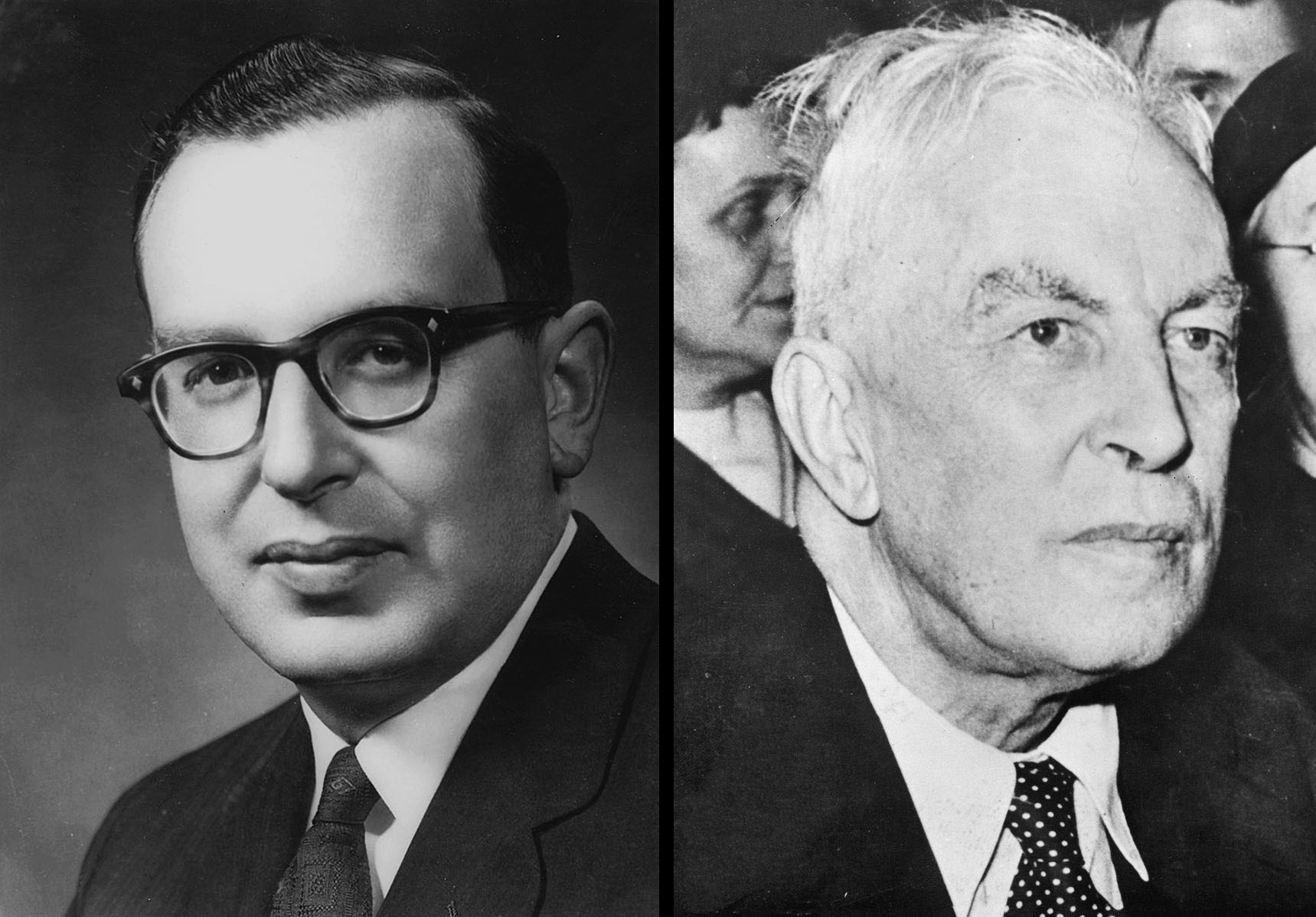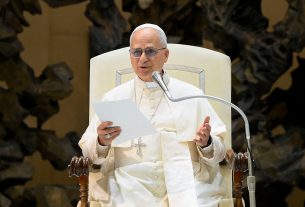On January 31st, 1961, a debate between Israel’s Ambassador to Canada, Yaakov Herzog, and the historian Arnold Toynbee, took place at McGill University in Montreal.
Herzog, 39, the son of Chief Rabbi Yitzchak Herzog, was both a talented diplomat and a respected rabbinic scholar. Toynbee, 71, was a retired professor who had written a well known 12 volume work entitled “A Study of History”.
The impetus for the debate was Toynbee’s vitriolic attacks on Israel. Toynbee had called Israel “demonic”, and compared Israeli treatment of the Arabs to the Nazi treatment of the Jews. (It bears pointing out that this was in 1961; the Holocaust inversion of pro-Hamas activists is nothing new.) Herzog took Toynbee to task for his anti-Zionism; and Herzog argued so persuasively, that afterward Toynbee’s wife Veronica told him he shouldn’t have accepted the invitation to debate in the first place.
After discussing the modern State of Israel, the final segment of the debate dealt with Toynbee’s theory that Judaism was a “fossil civilization”, more a relic of an ancient culture than a living society. Toynbee argued that Jews were best understood to be natives of their host country rather than an independent group, and the remnants of the “Jewish” community were merely the fossils of a long-dead civilization.
Toynbee’s claims about Judaism were rife with Christian triumphalism and anti-Jewish prejudice. At the time, his characterization of Judaism upset many Jewish intellectuals, to the point that Eliezer Berkovits devoted an entire book, Judaism: Fossil or Ferment? to refuting Toybee.
In the McGill debate, Herzog offered several arguments against the “fossil civilization” theory, culminating with his trump card: The State of Israel. How could a fossil civilization come to life? Herzog noted that the fact that Israel had “defossilized” was clear evidence that Jewish civilization had never died. Even Toynbee had to grudgingly admit Herzog was right, and claimed that he planned on rewriting that section of his book.
Actually, Toynbee had good reason to regard the Jews as a fossil. His 12-volume study focused on how nations collapsed. In it, Toynbee carefully categorized the stages that civilizations pass through: genesis, growth, time of troubles, universal state, and disintegration. And this process has been true of most civilizations. But not the Jews. Even in exile and persecution, the Jewish people have not disintegrated.
The Jews have had the chutzpah to ignore the laws of history. Even after being counted out again and again, this fossil keeps coming back to life.
How the Jews managed to survive, despite everything, is the subject of a great deal of speculation; I would like to offer my own theory below.
Jewish antifragility is grounded in embracing vulnerability as a part of life while at the same time refusing to give up on your dreams. The structure of the Jewish calendar offers a guide to how this is done.
Even before they leave Egypt, the Jews are given the commandment “This month shall be to you the first of months”; the first month of the year is Nissan, the month of the Exodus.
This is unquestionably a revolutionary calendar; the Jewish year begins with Nissan, the month of the exodus, to reinforce the message that a Jew is always free. And in Egypt, the introduction of the calendar was itself the slaves’ first step on the road to freedom. Rabbi Ovadiah Seforno explains that God is telling the slaves that “during the days of servitude, your days were not your own; they belonged to the service of others. But from now on, the months shall be yours, to do with them as you wish.” A slave cannot control their daily schedule; to be free is to master time. The calendar is a call to autonomy and freedom.
Yet this same calendar also expresses vulnerability. It is a lunar calendar; and in rabbinic thought, the moon is a tragic symbol. One passage in the Talmud says the light of the moon was diminished during the seven days of creation because it had “sinned.” This diminishment of the moon is seen as the beginnings of exile; the pale light of the moon carries within it both the sin of Adam along with the failures of the Jews and all of humanity.
For this reason that the moon is also the focus of messianic yearnings. Another passage in the Talmud explains that there is a special blessing, kiddush levanah, to be recited each month upon the appearance of the new moon. This blessing dreams of when the moon “will renew itself as a crown of beauty,” and concludes by saying that the Jews “are destined to be renewed like the moon.”
The messianic aspect of kiddush levanah informs many of the customs attached to it. Rabbi Moses Isserles notes that “we are accustomed to say during kiddush levanah ‘David, King of Israel, is alive and carries on’, since his kingdom is compared to the moon and will in the future be renewed like it.” There is also a custom to dance and sing after reciting kiddush levanah in celebration of the future redemption.
The lunar calendar symbolizes both the disappointments of exile and hopes for redemption, a reminder to accept the bitter and dream of better at the same time. And the way the moon constantly changes reinforces this idea. Rabbi Abraham Isaac Kook offers an eloquent description of this:
The people of Israel are compared to the moon: at times, it wanes, and at times, it is renewed; sometimes it is full, and sometimes it is lacking. And even when it is lacking, as it nears the end of its deficiency, the fullness of its light is already waiting just beyond, ready to shine. It will continue to grow and be filled until it reaches that firm and eternal state where the light of the moon will be as bright as the light of the sun, never again returning to a state of deficiency.
Jews have long recognized that vulnerability and imperfection were part of their destiny. But they were not broken by their defeats; they assumed, like the moon, that there were going to be times of darkness, when it looked like they were going to disappear. But the moon reminded them that being down is not the same as being out; and they could, and would, make a comeback.
The lesson of the Jewish calendar has carried the Jews throughout their history. And because of it, they knew the secret of how to bring a fossil back to life.
Israel and the Jewish world are now at the cusp of a significant shift. The darkness of the October 7th attack and the subsequent sixteen months of war is coming to close. Amidst all of the pain and loss, it is difficult to see the light; we squint when we turn in the direction of hope. When you spend so much time in the dark, it becomes the norm; it even becomes comfortable.
But now it is time for renewal, even if it is a bit uncomfortable. May we receive the future with the hope that it deserves, and rebuild even greater than before.
Rabbi Chaim Steinmetz is the Senior Rabbi of Congregation Kehilath Jeshurun in New York.




